3-dimensional model for an opera set - Around 1790
Around 1790
Pen and brown ink wash
Four sheets of laid paper cut and layered in depth
24.5 x 40 cm.
PIETRO GOTTARDO GONZAGA IN PUBLIC AND PRIVATE COLLECTIONS
The dispersion of Gonzaga's drawings reflects the international nature of his career and then his success as a draftsman among collectors. The main public collection of the artist's drawings is held by the Hermitage Museum in Saint Petersburg, which holds twenty-eight works by the artist. Other institutions include the Teatro alla Scala in Milan and American museums such as the MET in NEW York and the Art Institute of Chicago. The success of Pietro Gottardo Gonzaga's drawings in public sales in the 1990s and 2000s with private collectors was also very important.
OUR DRAWING
Our drawing is quite characteristic of the style of Pietro di Gottardo Gonzaga, which found its most accomplished expression at the end of the 18th century.
The very particular writing, the use of brown ink with pen and wash, the neoclassical architectural repertoire correspond in all respects to the thirty or so of his projects for decorations of this type that have come down to us.
Even more decisive, the arrangement of architectural elements and sculptures, typically neoclassical and largely inspired by Piranesi, are one of the characteristics of Gonzaga's drawings. Our decoration immerses us in an ancient cemetery scene. It is difficult to determine which opera this may be, given the number of works for which G. Gonzaga worked. While our four sheets originally formed a single, homogeneous decor, the later assembly of our drawing indicates a change in the arrangement and presentation of the latter. (The frame dates from the 1750s.)
Our drawing is the only one known by Gonzaga for which the background sheet was preserved at the same time as the secondary sheets.
The numbering indication at the top left is certainly an indication of assembly.
A comparable mark can be found on a drawing by the artist that was auctioned (Sotheby's, New York, January 29, 2020, lot 121).
A HUGE CAREER
Son of Francesco and Anna Grini, a noblewoman from Belluno, Gonzaga was born on March 25, 1751 in Longarone, near Belluno.
.His father was a decorator of private homes and public buildings - including the palace of the Magnifica Comunità del Cadore - as well as a set designer for the provincial theatres of the Cadore and Treviso regions. It was with him that Gonzaga began his apprenticeship
He continued his apprenticeship with Antonio Galli da Bibiena with whom he worked on the reconstruction and decoration of the Onigo Theatre in Treviso in 1767. Working with the greatest Italian decorators, who had achieved international success, excited the young artist. At the end of the mission, his father chose for him a solid artistic training based on the study of perspective in Venice, with G. Moretti and A. Visentini, two vedutists who followed Canaletto and worked at the Academy of Fine Arts.
The study of perspective, the influence of Canaletto's work, the observation of the masters of color such as Veronese, and the growing success of the scenographic vision in angular perspective of the Venetian engraver G.B. Piranesi proved decisive in Gonzaga's training.
In 1772, he left the Serenissima to go to Milan and work as a decorator with the Galliari brothers, then at the height of their glory as scenographers.
From this last apprenticeship in the Galliari workshop, Gonzaga acquired great architectural rigor, a pronounced taste for neoclassicism and the learned rendering of perspectives. G. also collaborated with Appiani at Milan Juvara in Turin.
The in-depth study of the decor, in relation to the drama represented and the laws of optical illusion, oriented him towards the contrasts of colors and the luminous relationships of the decoration in order to obtain the greatest verisimilitude of the decor. The single-scene stage is taken to the highest level by G. through the use of decorative elements with a plastic function and lighting from the inside
In 1778 Gonzaga took part in the inauguration of the new theatre at La Scala. In the spring of the following year, his stage designs were applauded at La Scala for Le gelosie villane by G. Sarti and Il francese bizzarro by G. Astarita, which confirmed his role as "inventor and painter of scenes" at the teatro a la Scalla, with which he collaborated until 1792.
An important step in his maturation was his stay in Rome in 1781, where he had been called to participate in the inauguration of the Teatro Alibert with the scenes for the ballet Orfeo by D. Ricciardi. In this city, Gottardo Gonzaga enjoyed considerable success and was named a member of merit of the Accademia di S. Luca. The stage

































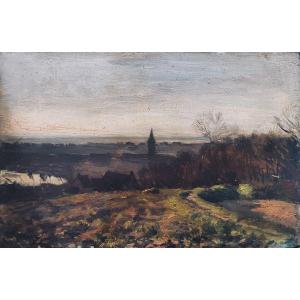
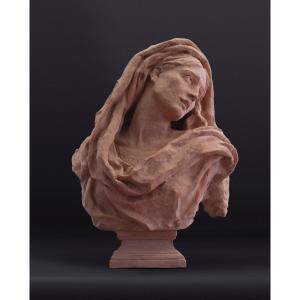



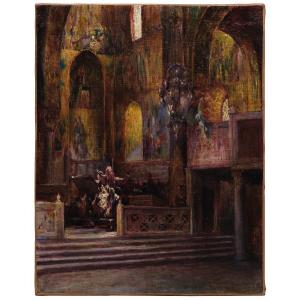


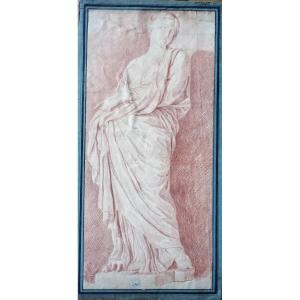

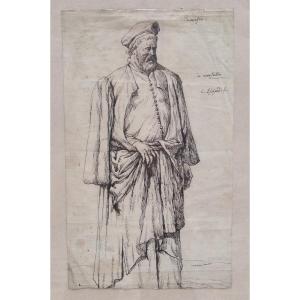

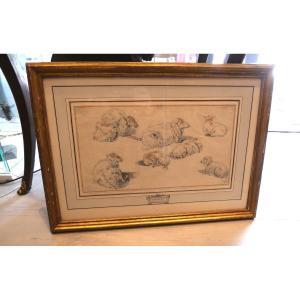



 Le Magazine de PROANTIC
Le Magazine de PROANTIC TRÉSORS Magazine
TRÉSORS Magazine Rivista Artiquariato
Rivista Artiquariato